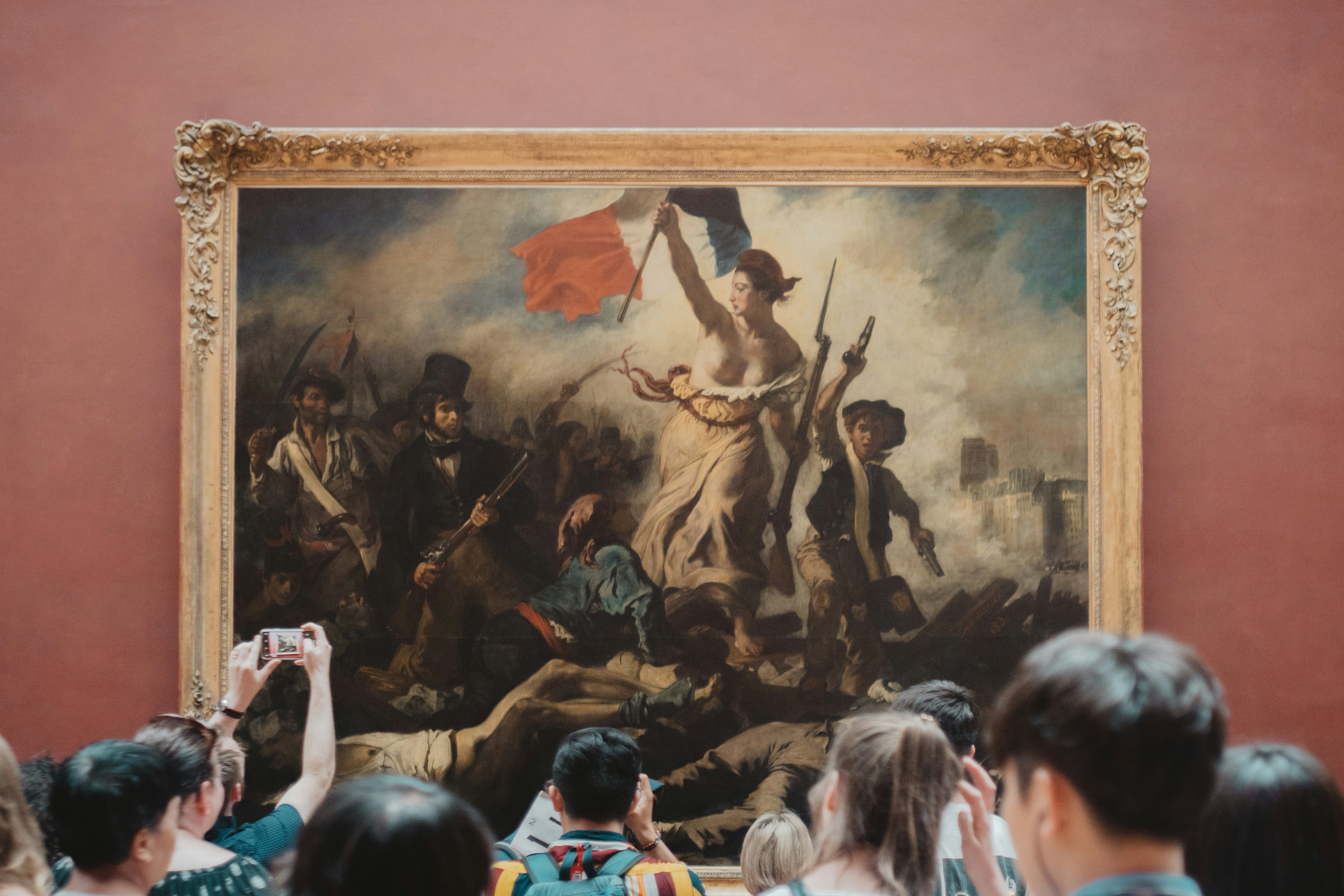Media release
From:
Social science: Rumour spreading mapped for French Revolution’s Great Fear
Insights into the spread of rumours and their drivers during the Great Fear of 1789 are revealed in a paper published in Nature. The spread is mapped using modern epidemiological models and sheds light on unresolved historiographical issues.
The Great Fear occurred between 20 July and 6 August 1789, at the beginning of the French Revolution, and spread to the majority of France. Rumours of armed bands and a plot by the aristocracy to suppress the Revolution spread in the countryside. In response, militias were formed, and when the armed bands failed to materialize, they turned on landowners, leading to the National Assembly announcing the end of feudal rights on 4 August 1789. Whether the Great Fear was led by emotion or rationality has been debated, as has its importance in the wider French Revolution.
Stefano Zapperi and colleagues explore how and why the Great Fear spread using epidemiological approaches that are usually used to study the spread of diseases. They used maps of the historical road network to identify the locations rumours spread to and the timings of this to create a transmission network. This was combined with data on demographic, institutional, and socio-economic records including wheat prices, literacy, and land ownership to help understand the underlying dynamics. The spread of the Great Fear followed patterns similar to those of infectious disease, peaking on 30 July before decreasing rapidly. The authors suggest that the rumours spread at an average speed of 45 km a day along the road network, and 40% of the locations identified were near a postal relay station. The locations more likely to experience the Great Fear were highly populated towns with higher literacy levels and average income, but also higher wheat prices. The Great Fear was also more likely to occur in towns where the system of land ownership required the lord to have papers denoting ownership.
The authors suggest that rapid spread of the Great Fear was driven by the political and economic conditions at a time, in contrast to the idea of an emotional outburst.



 International
International


